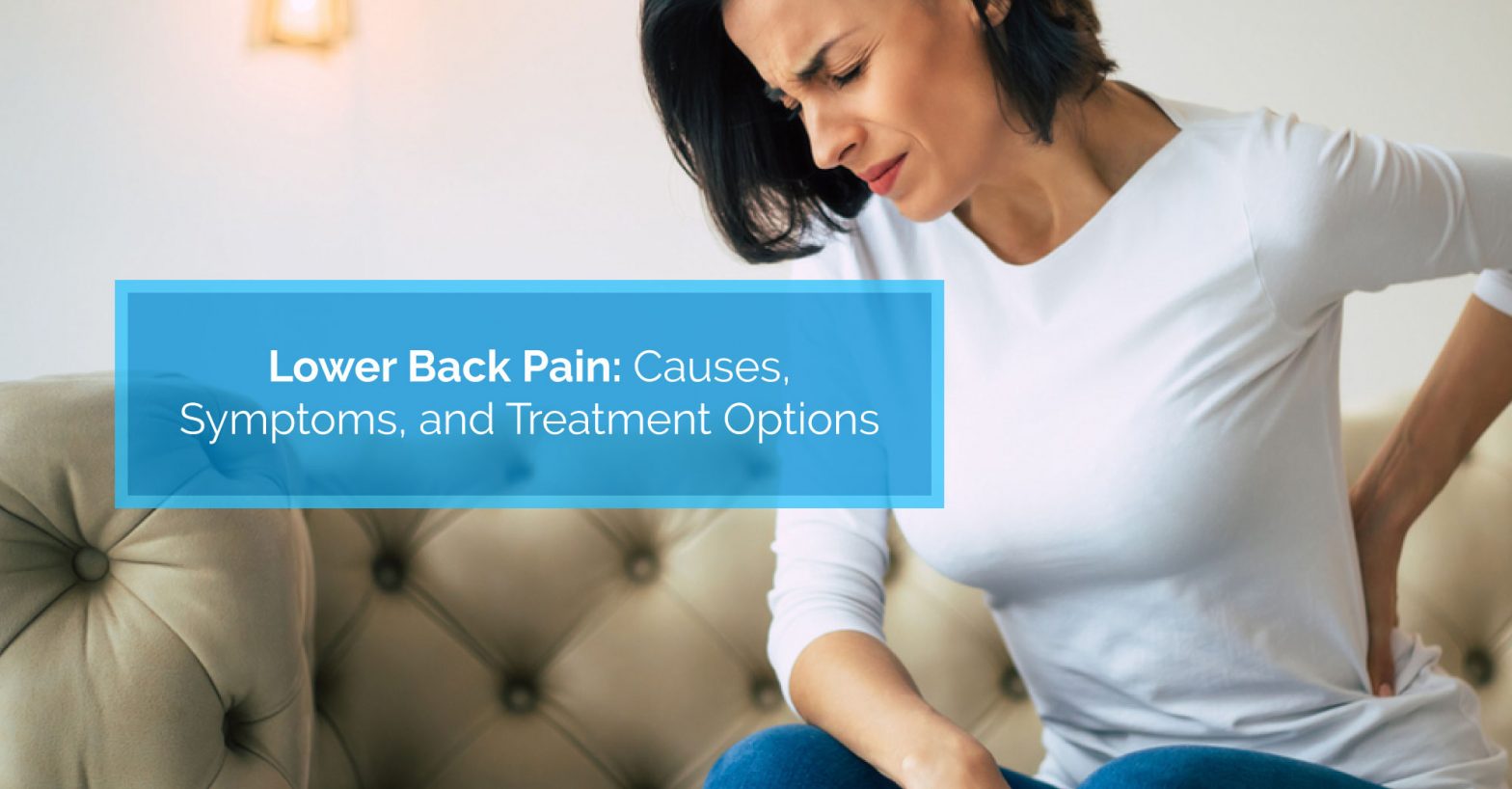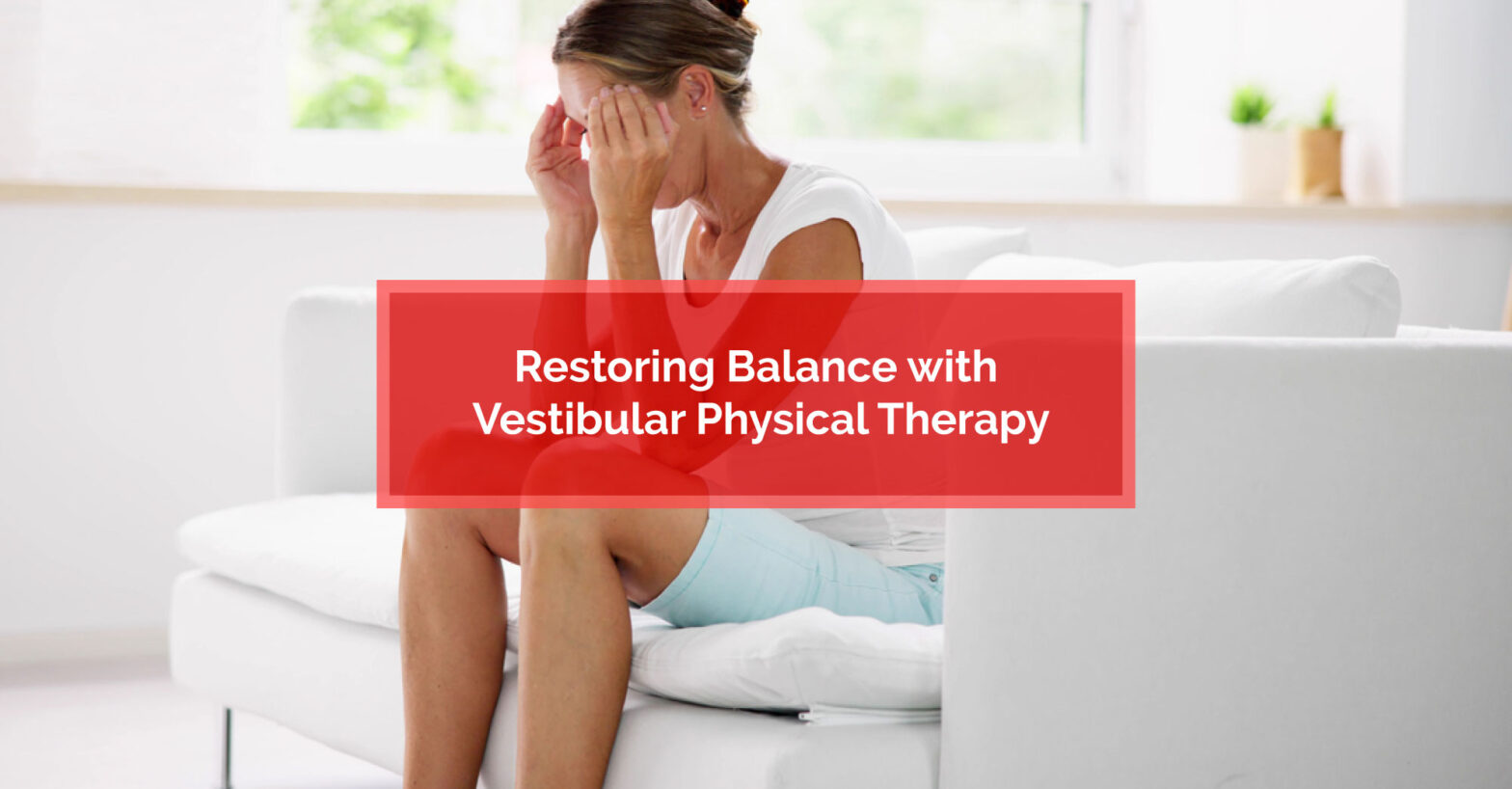Osteoarthritis Treatments: What You Need to Know...
Key Highlights: Osteoarthritis treatments focus on pain relief, restoring joint…
Read More
Posted by Dr. Scott Wilson | 15-Jul-2023
Lower back pain is a widespread condition that affects millions of people worldwide. Whether it’s a dull ache, a sharp shooting pain, or persistent discomfort, lower back pain can affect your ability to perform everyday tasks and can adversely impact your quality of life. Fortunately, there are a range of treatment options available to address both the causes and symptoms of lower back pain. These include conservative options such as rest, cold or heat therapy, physical therapy, and pain medication. They also include chiropractic care, acupuncture, and massage therapy. In more severe cases, surgical intervention may be necessary, but it is typically considered a last resort. However, each person’s experience with lower back pain is unique and causes do vary. Injury or trauma, poor posture, a sedentary lifestyle, muscle strain, herniated discs, arthritis, and spinal abnormalities are common triggers. Because of this variability, effective treatment options often involve a multifaceted and personalized approach. In this article, we’ll explore the causes, symptoms, and treatment options for lower back pain, to help you gain a better understanding of how to manage and overcome this potentially debilitating condition.
Understanding the causes and symptoms of lower back pain is crucial for effectively managing your condition and for identifying the most appropriate treatment option. Here’s a quick overview.
While lower back pain can have a significant impact on your quality of life, there are a number of effective treatment options available. However, because the cause and related symptoms of each person’s experience varies, effective treatment strategies often involve a multifaceted approach. For most people, non-surgical options are enough to provide relief and address underlying causes but in more severe cases, surgical options may be required.
Initially, taking short periods of rest and avoiding activities that exacerbate your condition can help in the healing process. However, it’s important to strike a balance and gradually resume normal activities to prevent deconditioning and stiffness. Concurrently, the use of non-prescription pain relievers, such as nonsteroidal anti-inflammatory drugs (NSAIDs) or acetaminophen, can help manage your symptoms by reducing inflammation and providing temporary relief.
Yoga, Tai Chi, Pilates and other mind-body practices offer holistic approaches to managing lower back pain by integrating physical movement, breath control, and relaxation techniques. Through specific poses, stretches, and mindful movements, these practices improve flexibility, strengthen core muscles, promote proper alignment, and increase body awareness. By targeting underlying causes, such as muscle imbalances and poor posture, yoga and mind-body practices can help alleviate pain, reduce inflammation, and enhance overall well-being.
Cold and heat therapy can be beneficial in managing lower back pain. Cold therapy, such as applying ice packs or cold compresses, can help reduce inflammation, numb the area, and temporarily alleviate pain. This is typically recommended for the first 48 hours after an injury. Heat therapy, which involves using heating pads or warm baths, can promote blood flow, relax muscles, and provide relief from muscle tension and stiffness. It’s often used for chronic or ongoing conditions.
Physical therapy and exercise play a crucial role in managing and reducing lower back pain. Your physiotherapist can identify underlying issues associated with your condition including muscle imbalances, poor posture, or weak core muscles that contribute to your pain. She/he can then create a tailored exercise program, including stretching, strengthening, and stabilization exercises to improve flexibility, promote proper alignment, and strengthen the supporting muscles of your lower back. This helps to provide relief, enhance stability, and even prevent future episodes. Your physiotherapist can also provide information and tools to help you with improving you body mechanics and ergonomics.
Chiropractic care focuses on the relationship between the spine and the nervous system. Your chiropractors will utilize manual adjustment techniques to realign your spine, alleviate joint restrictions, and reduce inflammation. By restoring proper spinal alignment, chiropractic care can relieve pressure on your nerves, improve spinal function, and reduce your symptoms. Your chiropractor may also incorporate additional therapies such as soft tissue manipulation, stretching exercises, and lifestyle recommendations.
Through hands-on manipulation of soft tissues, such as muscles and connective tissues, massage therapy helps improve circulation, reduce muscle tension, and promote relaxation. By targeting specific areas of discomfort, massage therapists can release knots, improve flexibility, and alleviate pain in your lower back. Different massage techniques, such as Swedish massage, deep tissue massage, or myofascial release, may be employed based on your particular needs. Massage therapy also promotes a sense of well-being, reduces stress, and enhances the body’s natural healing processes.
Acupuncture involves inserting thin needles into specific points on the body to stimulate the release of endorphins, promote blood circulation, and reduce inflammation. It can alleviate pain, relax muscles, and improve overall well-being. Additionally, acupuncture sessions may include other techniques such as cupping or electrical stimulation to enhance the therapeutic effect. As a non-invasive and drug-free treatment option, acupuncture offers a holistic approach and has been widely recognized for its efficacy in providing relief and promoting healing.
By delivering low-voltage electrical currents through electrodes placed on the skin, TENS therapy interferes with pain signals, providing temporary pain relief. The electrical stimulation also triggers the release of endorphins, the body’s natural pain-relieving chemicals and improves blood circulation to the affected area.
In cases where over-the-counter pain medications are insufficient, stronger prescription medications may be required. Muscle relaxants, topical analgesics, or nerve pain medications can be prescribed by your doctor to provide short-term relief. However, it’s important to be aware of any potential side effects and risks.
ESIs involve the injection of a corticosteroid and a local anesthetic into the epidural space around the spinal nerves. This procedure aims to reduce inflammation and alleviate lower back pain, especially when it radiates down the legs. ESIs can provide temporary relief and facilitate participation in physical therapy programs.
RFA is a minimally invasive procedure that can provide long-lasting relief. It uses heat generated by radio waves to disrupt pain signals from specific nerves in the back. By targeting the nerves responsible for transmitting pain, RFA can effectively alleviate chronic lower back pain. This procedure can provide significant relief and improve quality of life for individuals suffering from conditions such as facet joint pain or sacroiliac joint dysfunction. It offers a relatively safe and effective non-surgical option when other non-surgical treatments haven’t provided sufficient relief.
Surgical options are considered when conservative treatments have failed to provide relief. They may also be considered for cases of severe pain, neurological deficits, or structural abnormalities. Spinal decompression surgeries such as microdiscectomy, laminectomy, and spinal fusion aim to relieve pressure on nerves or stabilize the spine. Artificial disc replacement replaces a damaged disc with an artificial one, preserving spinal motion. Other surgical interventions include nucleoplasty, IDET, and vertebroplasty or kyphoplasty for specific conditions. Surgical options should be evaluated on an individual basis, taking into account the underlying cause, severity of symptoms, and overall health.
Lower back pain can be debilitating experience and can significantly affect your quality of life. Fortunately, there is a wide range of non-surgical and surgical treatment options available for addressing underlying causes and providing relief. Of course, because causes and symptoms do vary, and because each treatment option has its advantages and considerations, it’s important to get properly diagnosed with by an experienced healthcare professional. With an accurate diagnosis and the right combination of treatments options, your can get relief from your symptoms, improve your ability to function, and enhance your overall quality of life.
If you’re experiencing lower back pain or want to learn more about treatment options, contact us today and let us show you why, at Physiomed, Healthier Starts Here.
Lower back pain can be caused by a variety of factors, including muscle strain from lifting heavy objects or sudden movements, herniated discs where the inner material protrudes, degenerative disc disease with age-related wear and tear, spinal stenosis which narrows the spinal canal, arthritis affecting the joints, and structural abnormalities such as scoliosis or lordosis.
Distinguishing between normal lower back pain and a more serious condition can be challenging, but certain factors can help. Normal lower back pain is often related to muscle strain, poor posture, or overexertion, and typically improves with rest and self-care measures. However, if your condition involves severe pain that doesn’t improve with conservative treatments, numbness or weakness in the legs, loss of bladder or bowel control, unexplained weight loss, or a history of cancer or trauma, it’s important to seek medical attention promptly, as these symptoms may indicate a more serious underlying condition that requires further evaluation and appropriate medical intervention.
Non-surgical treatment options include rest and over-the-counter pain medications, heat or cold therapy, physical therapy and exercise, chiropractic care, massage therapy and acupuncture. In some cases, medications like muscle relaxants or epidural steroid injections may be prescribed. In more extreme cases, surgery may be required.

Key Highlights: Osteoarthritis treatments focus on pain relief, restoring joint…
Read More
Key Highlights: Runner's knee, or patellofemoral pain syndrome, is a…
Read More
Key Highlights: Upper back and neck pain can be caused…
Read More
Key Highlights: Many people want to lose belly fat for…
Read More
Key Highlights: Vestibular physical therapy, or physiotherapy, is a specialized…
Read More
Key Highlights: Tennis elbow, or lateral epicondylitis, is a condition…
Read More